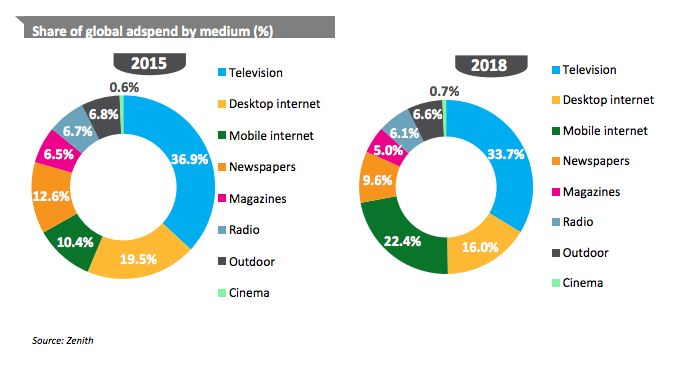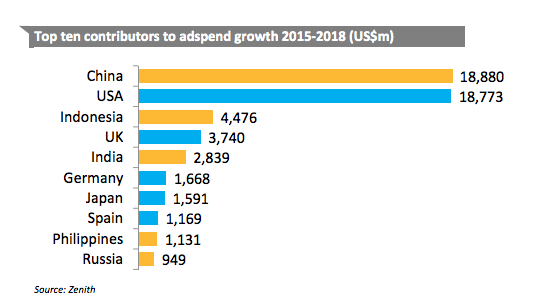Rethinking Mobile Advertising Trends: Maximizing ROI
June 2, 2022 by
Having a singular focus on maximizing the ROI of mobile advertising encourages the wrong behavior.
Since the banner ad made its debut, digital publishers have been doing everything they can to squeeze every penny out of their audience, with no regard to user experience. This leads to pop-up ads, interstitials, audio blasting when you load the page, and tiny “X” touchpoints that are impossible to hit to close the ad.
The goal for publishers isn’t to maximize advertising’s digital ROI. Rather it’s to provide the best advertising experience for advertisers AND end users.
If we were going to completely rethink mobile advertising, here’s our list.
- Throw out the horrible ad formats: the 300×50 banner is first to go, followed by pop-ups and interstitials.
- Focus on mobile-appropriate ad formats. Native (clearly marked as sponsored), video, recommended content (think Taboola or Outbrain).
- Use better data to reach the target audience and increase relevance for advertisers and end-users.
- Build better creative for mobile with clear, creative, concise messaging.
Yes, we want more bang for the buck in mobile ads, too. If that’s the end goal, it’s not maximizing ROI, it’s maximizing user experience.
Let’s look at some research that demonstrates these concepts in real-world contexts.
Mobile Ad Spend Overtakes Desktop
ZenithOptimedia published new research this week. This executive summary emphasizes that mobile ad spend will overtake desktop ad spend by 2018, earlier than they previously estimated.


While the report does point to China and the US being the primary drivers of this growth, there’s the unanswered question of exactly where advertisers will spend their money on mobile.
In the US, Facebook, Google, and Twitter command 65–80% of mobile ad spend, depending upon which source you’re reading and on which day. The implications of this, regardless of the exact percentage, are staggering.
Companies that fund themselves with advertising revenue against their mobile content face serious pressure from these big three. These giants have the best targeting tools available and mobile-ready ad formats, which makes it an easy buy for advertisers.
The tens of thousands of other publishers fighting for the remaining ad dollars need audience targeting tools, in addition to excellent creatives, and a valuable audience.
The Rise of Mobile Video Advertising
Emarketer’s research from the Interactive Advertising Bureau predicts that digital ad spend will increasingly shift to video. From the article:
“…mobile is spearheading that growth. According to eMarketer estimates, mobile video ad spending in the US jumped 80.6% in 2015 and is forecast to see double-digit growth through 2019.”

What’s missing from this analysis is which publishers are going to receive that spend. A deeper dive here usually reveals a less rosy picture.
Facebook and Google take 67% of all mobile ad spend today. That leaves tens of thousands of publishers competing for the remaining 33%.
The takeaway: you can’t compete for this ad spend based on the size of your network. To stay relevant, you’ll fight on two fronts. You have to compete on your ability to deliver engaging creatives. Most importantly, you will have to compete with the best audience data possible.
Desktop audience data – this is pretty well figured out. Thanks, cookie.
Mobile audience data – this is where Reveal Mobile fits in. The best mobile audience data derives from location. Unfortunately, lat/long location data is terribly inaccurate and only getting worse. Sixty-eight percent, yes 68% of the location data you’re using today is likely less accurate than a football field. That’s awful. Garbage in, garbage out.
While we make smart use of lat/long, we deliver incredibly accurate location-based audiences by leveraging our proprietary database of Bluetooth beacons. More about that on thebeaconmap.com.
Beacons are accurate to within a few meters and build bigger audiences (beacon detection easily runs in the background). ABI Research estimates 400,000,000 beacons by 2021, and we see millions of beacon bumps every day. This sector of audience data is growing rapidly.
If you’re out to capture some of this increased ad spend, and if location really matters to you, let’s talk.

